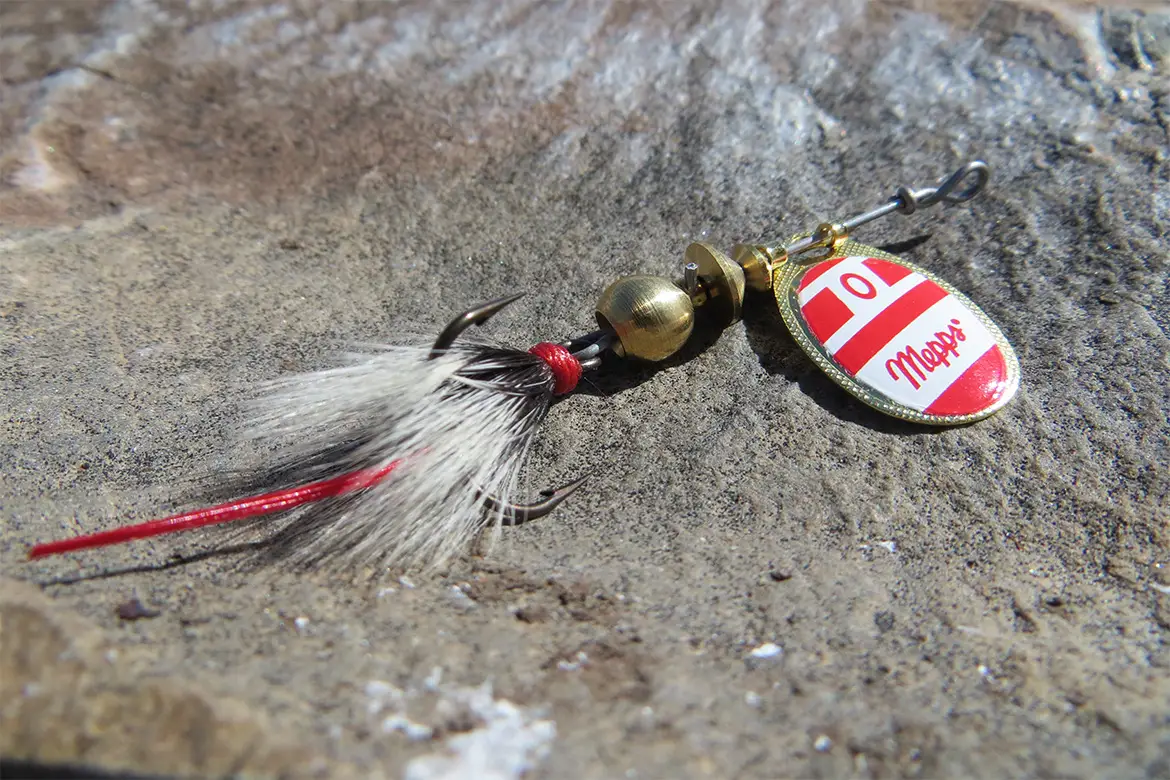
The list of necessary trout fishing gear and equipment can be very simple. Fishing can be good in the winter months – for hardy anglers willing to brave the cold and snow – but look for trout in slow, calm waters where they don’t have to fight the current. Some rivers, especially in central Oregon, are open for trout year-round. As the water gets warmer, look for trout in faster riffles where the water gets re-oxygenated as it tumbles over rocks. Few rivers and streams are stocked, so you’ll likely be fishing for naturally reproducing or wild fish. Most rivers and streams fish best in the spring and fall when water temperatures are cooler.
behind rocks or other structure (Look for water where the surface is textured with bumps or riffles, which are often created as water flows over rocks and boulders on the river bed.). So some likely places to look for trout in rivers and streams include: In addition to looking for food and protection from predators, trout in moving waters are also looking for a place to rest from the current. A primary food source for these fish is aquatic insects adrift in the current. In moving waters, trout tend to hold in one spot and wait for the water current to bring food to them. In warmer parts of the state, such as the Willamette Valley or along the coast, trout fishing in lakes or ponds can be good well into the winter months – for anglers hardy enough to brave cold and wet weather. In the warm summer months, anglers can look for trout in cooler, deeper waters, or in high mountain lakes that remain cool year-round. This also is when most lakes are stocked. The best time of year to trout fish in lower elevation lakes is in the spring and fall when the water is cooler and the trout are more active. deeper waters, especially in the warm summer months when trout are looking for cooler water as well as protection from overhead predators. around logs, stumps, rocks or other structure at stream inlets where streams flowing into the lake or pond are bringing cool, fresh water and likely a supply of food. Some likely places to look for trout in lakes and ponds include: At the same time, trout don’t want to get too far away from cover that offers protection from predators. 

In still waters trout are on the move, “cruising” the water looking for food. Fish location, behavior and fishing tactics will vary depending on whether you’re fishing in still waters or moving waters. Trout habitats are often divided into lakes and ponds (still waters) or rivers and streams (moving waters). food - such as aquatic insects, minnows and crawfish.Trout are widely distributed and can be found in almost any water body that provides:
BEST BAIT FOR TROUT LICENSE
Youth 12-17 years old need a juvenile angling license and kids under 12 fish for free. A general Oregon fishing license is all that’s required to fish for trout.






 0 kommentar(er)
0 kommentar(er)
